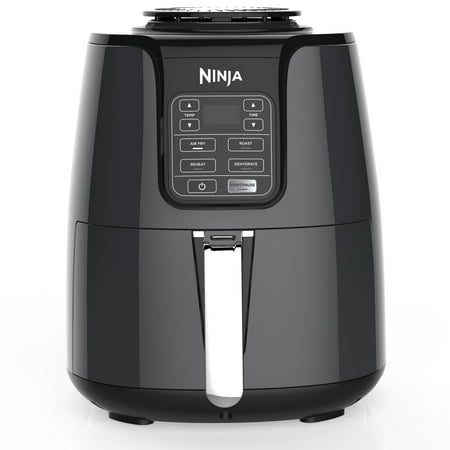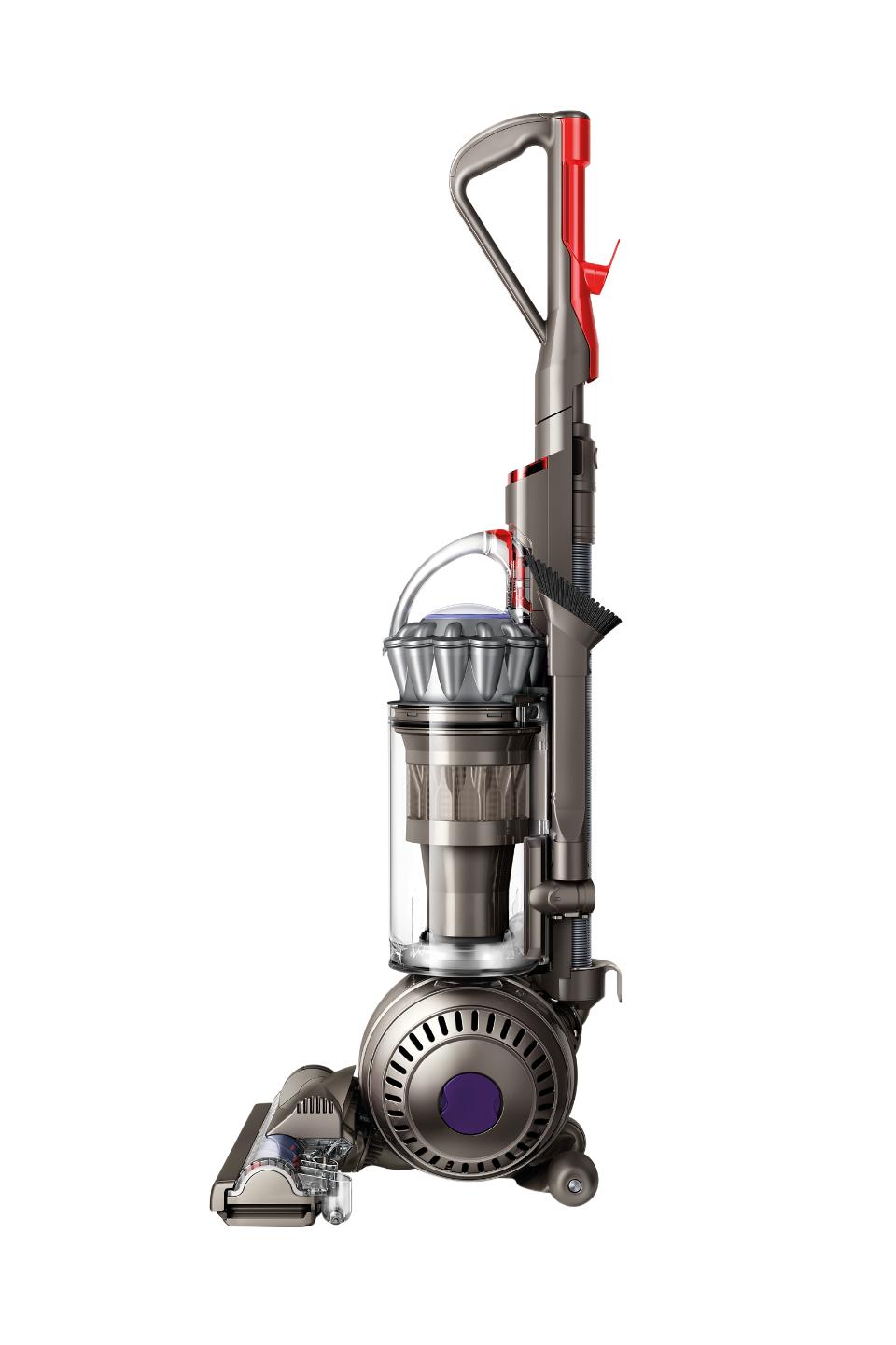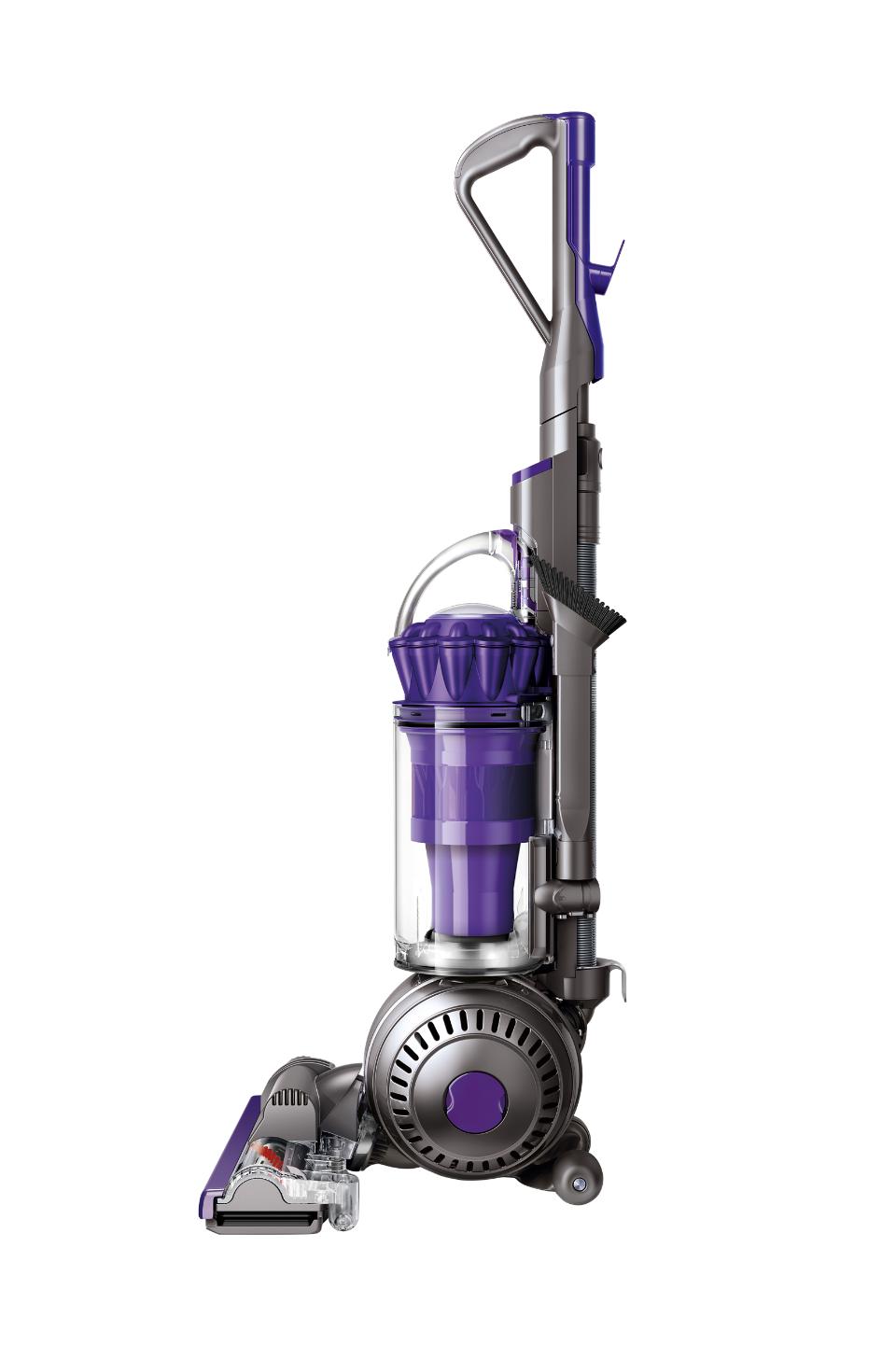Dyson Outsize Absolute+ vacuum (Gold)
Laser reveals microscopic dust. Full-size cleaner head. Full-size bin. Twice the suction of any other cordless vacuum. Two cleaner heads engineered for deep cleans. Up to 120 minutes of run time.
Laser Slim Fluffy™ cleaner head
Laser for hard floors detects the particles you can’t normally see – so you don’t miss anything.
Up to 120 minutes of run time
Includes two interchangeable batteries that can be charged on or off the machine.
-
Intelligently reports in real time
Digital display shows run time countdown to the second and displays maintenance alerts, giving you complete control of your clean.
The right cleaning mode for the right task
Three cleaning modes optimized for a variety of tasks. For the right balance of power and run time where you need it.
Powerful cleaning on floors and carpets
An integrated digital motor spins the brush bar up to 60 times a second. It drives stiff nylon bristles deep into carpet to remove dirt, while carbon fiber filaments capture fine dust on hard floors.
Click-in battery pack
Remove and replace at the press of a button for even longer cleans. Click-in batteries can be charged on or off the machine.
Unique battery power management system
Dyson’s power-optimizing technology and battery-saving trigger help deliver up to 120 minutes of run time in Eco mode.**
‘Point and shoot’ hygienic bin emptying
Large bin for an uninterrupted clean with a ‘point and shoot’ system which makes emptying easy and hygienic.
Drop-in docking
The Dyson Outsize vacuum drops into a wall-mounted dock that charges the machine and can also store tools. So it’s ready to grab and go when you need it.
Extra tools for a variety of tasks
Dyson-engineered tools for versatile whole-home cleaning, including the anti-tangle Hair screw tool for removing pet hair from upholstery and tight spaces.
Easy to maintain
The filter and Fluffy™ brush bar can be washed, and the bin and tools wiped clean, to remove dust build-up and help optimize your Dyson vacuum’s performance.






Reviews
There are no reviews yet.